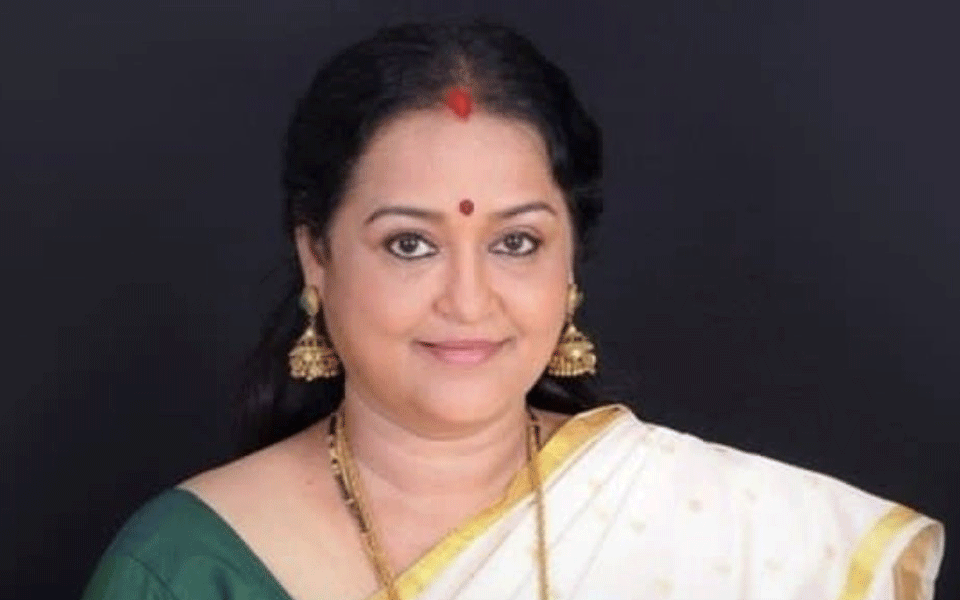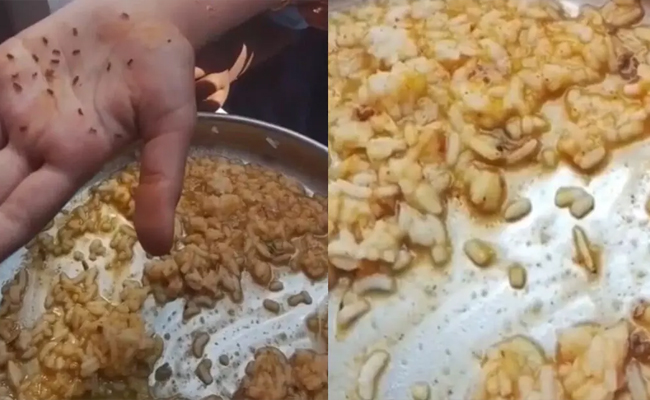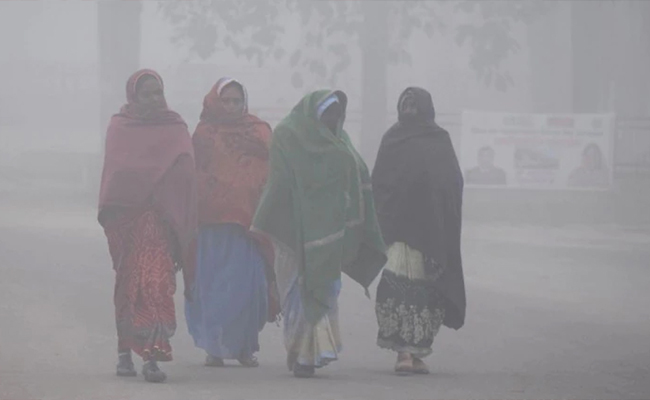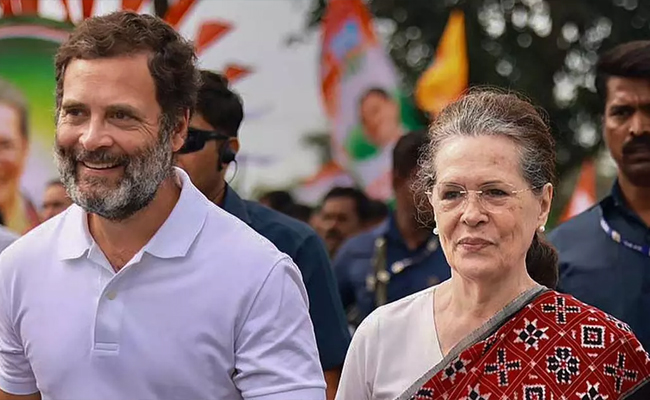Chennai(PTI): Popular yesteryear actor Chitra died here on Saturday following a cardiac arrest, sources close to her family said.
The 56 year-old multi-lingual actor, more popularly known as 'Nallennai' (gingelly oil) Chitra following her association with a top oil brand, is survived by husband and daughter. She passed away at her Saligramam residence here. Family sources said the funeral will take place in the city today.
Born in Kochi, Kerala, Chitra who earned the sobriquet 'Nallennai' after the gingelly oil advertisement in which she acted became popular, rose to fame in the Tamil film industry in the 1990s.
She has acted in a number of films alongside top stars including Rajinikanth, Sarathkumar and Prabhu.
Introduced as a child artist by Director K Balachander in 1975 in the national award winning Tamil film 'Apoorva Raagangal,' Chitra starred along with other popular actors like Kamal Haasan and Srividya as well.
She has worked in a number of Malayalam, Telugu and Kannada films as well. Chitra was cast as Mary Kutty along with top stars Prem Nazir, Mohanlal and Lakshmi in her first film Aattakalasham in Malayalam in 1983.
She has also starred in some tele-serials. Meanwhile, Kerala Chief Minister Pinarayi Vijayan, Congress leader V D Satheeshan, BJP state chief K Surendran and other leaders condoled the demise of the actress.
Let the Truth be known. If you read VB and like VB, please be a VB Supporter and Help us deliver the Truth to one and all.
New Delhi (PTI): A 23-year-old woman was found dead in her house in Delhi's Prem Nagar area, with police suspecting it to be a case of suicide, an official said on Tuesday.
The deceased, identified as Anjali Singh, was found motionless in her room on Monday by her sister and her neighbour.
Police said her father, Vinod Kumar Singh (51), told them that he and his wife were away at work at the time of the incident, while their son and the other daughter were also not at home at the time of the incident.
ALSO READ: Koppal: Worms found in midday meal at Ningapur Government School
According to the family, the room in which Anjali was found was locked from the inside. The door was later forcibly opened by a neighbour and her sister with the help of a crowbar.
Her body was found lying on the bed inside the room, police said.
Preliminary inquiry revealed that Anjali had allegedly hanged herself using a piece of cloth tied to the ceiling fan.
It is suspected that the noose eventually might have loosened or torn off, resulting in her being found lying on the bed.
Family members informed the police that Anjali was a final-year student of a librarian science course from Indira Gandhi National Open University (IGNOU). About a week ago, her final-year examination results were declared, and she had failed, following which she had been under depression, they said.
The family has not raised any allegation of foul play, police said, adding that no suicide note or external injury marks were found on the body during the initial inspection.
Inquest proceedings have been initiated in the matter as per the law. The body has been sent for post-mortem examination to ascertain the exact cause of death, and further investigation is underway, police added.





